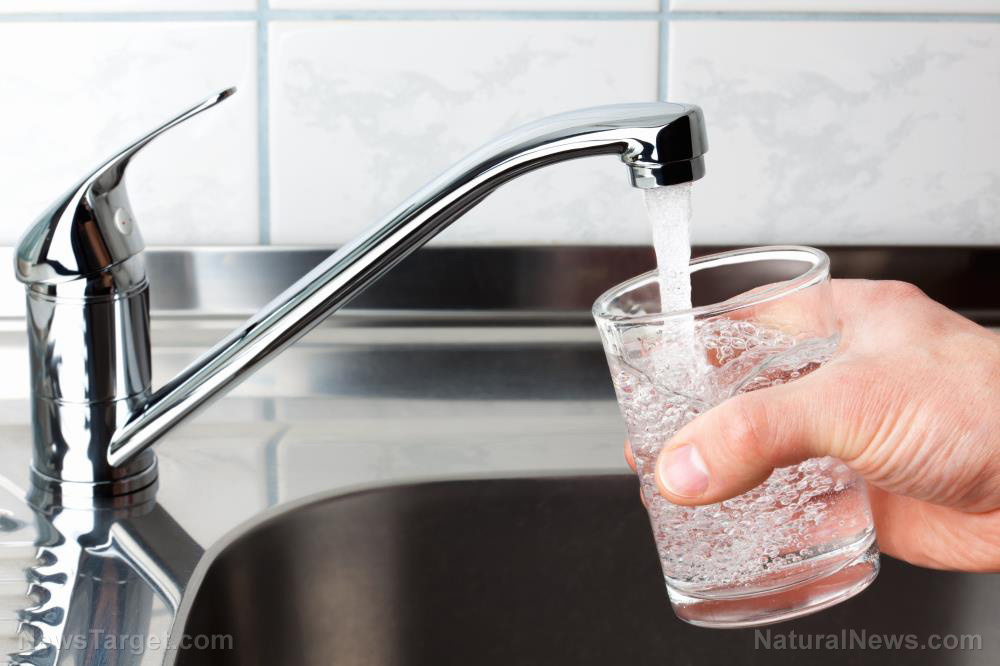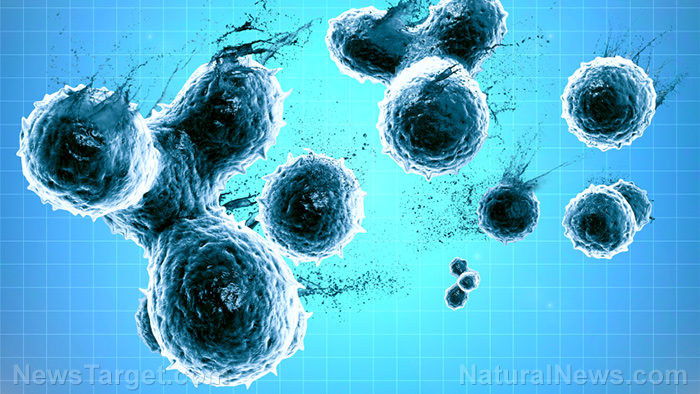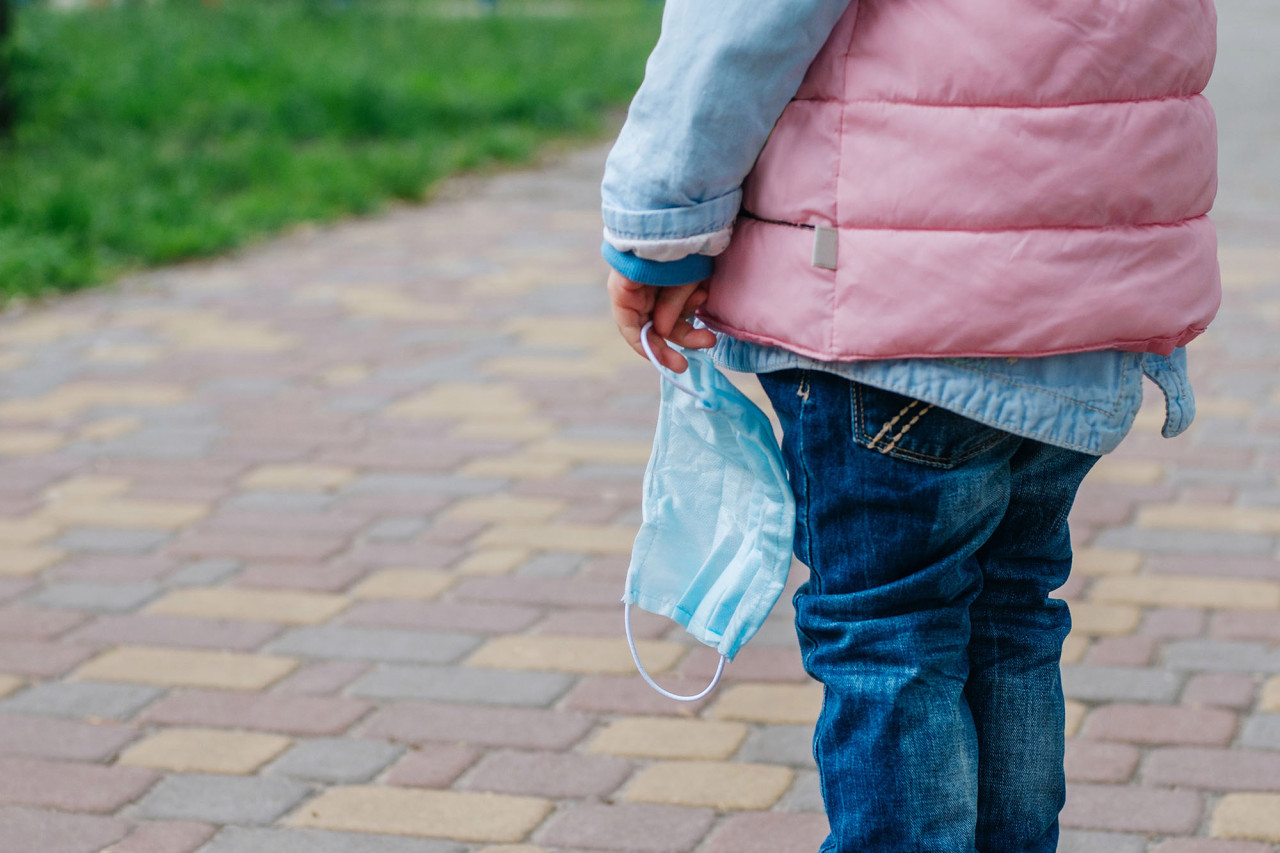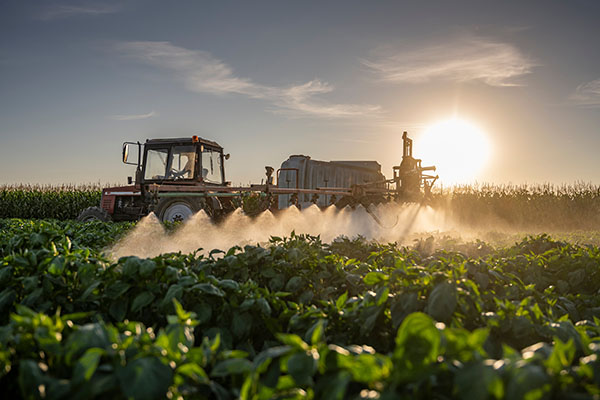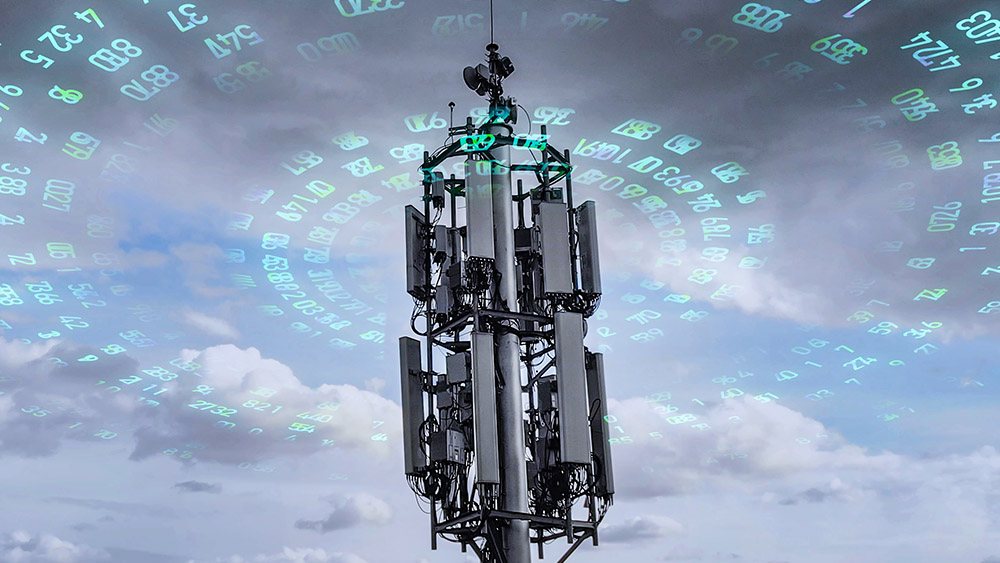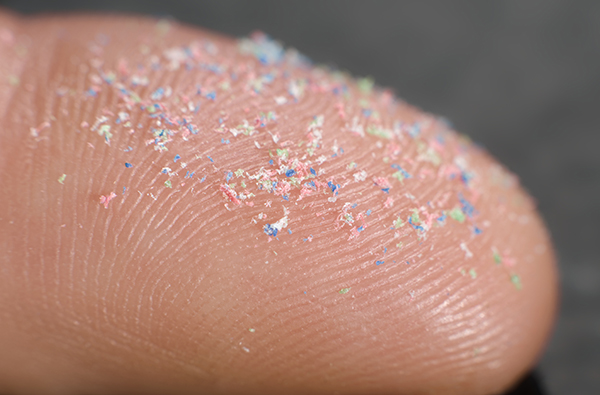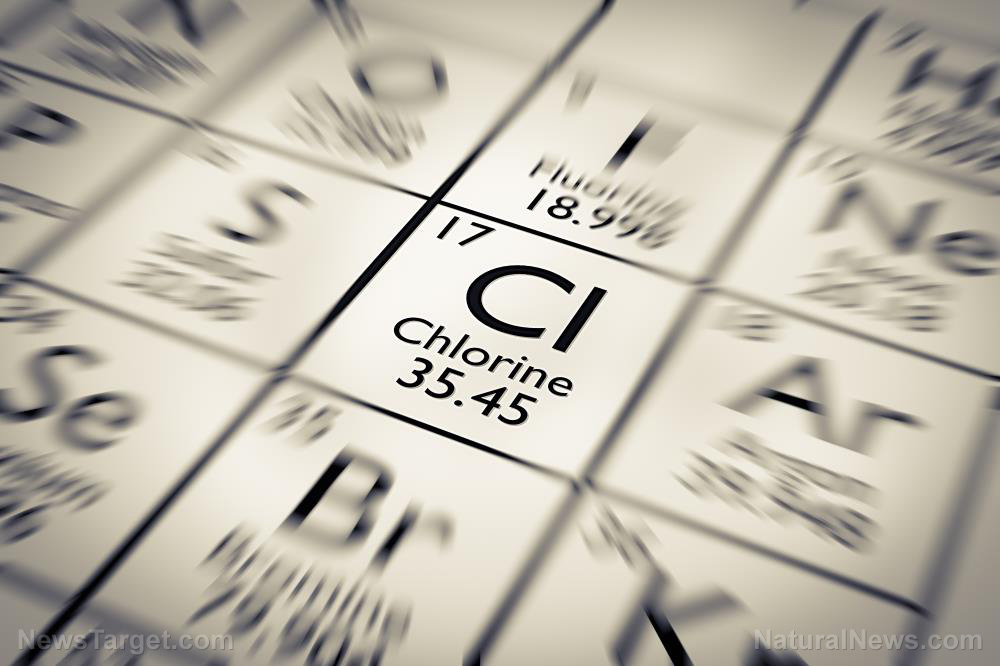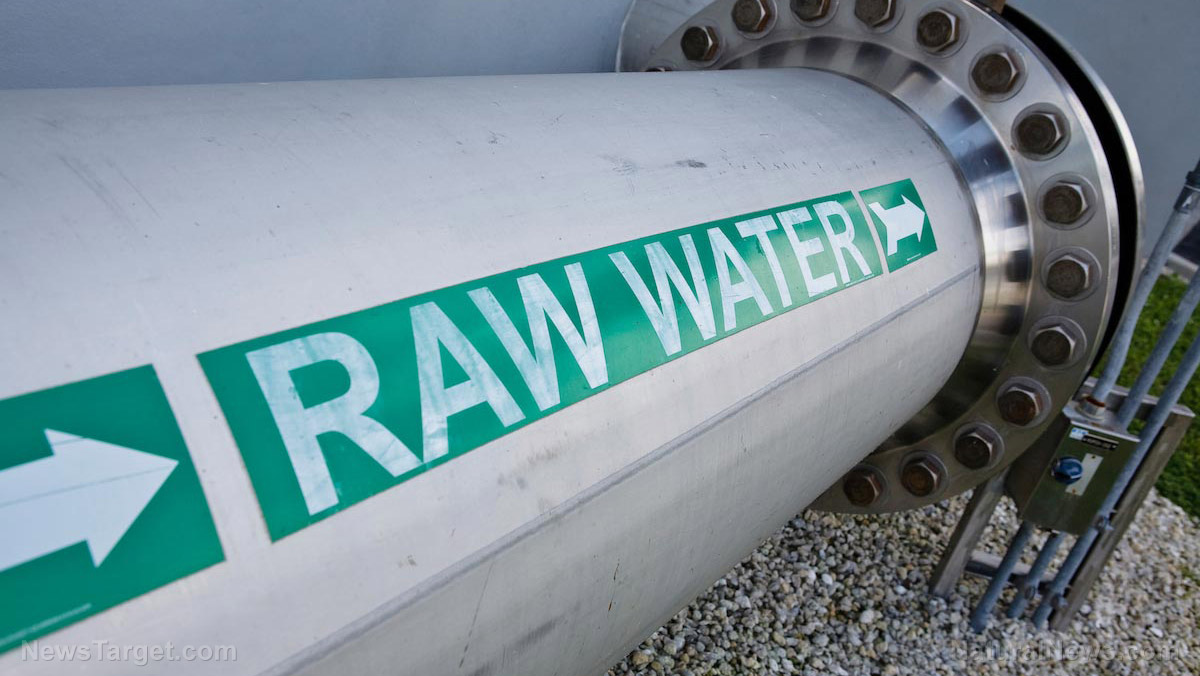Bottled water contains hundreds of thousands of invisible NANOPLASTICS, study finds
11/27/2025 / By Evangelyn Rodriguez
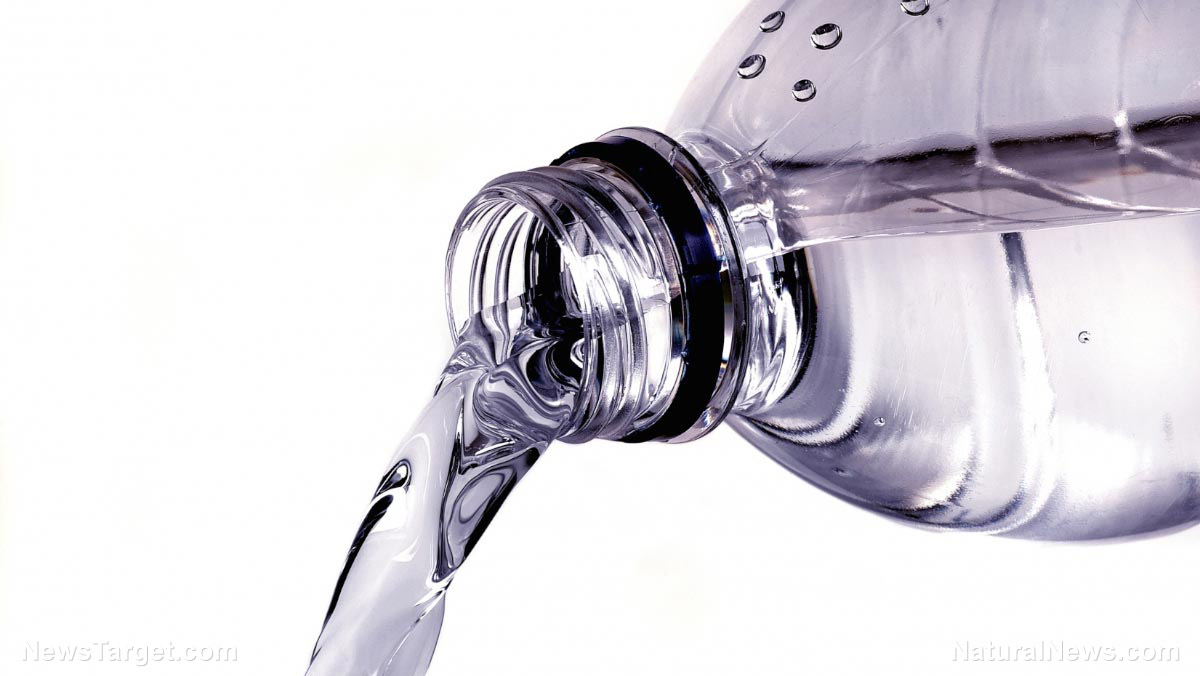
- A Columbia/Rutgers study found 240,000 plastic particles per liter of bottled water—90% being nanoplastics (smaller than one micrometer), which can infiltrate cells and organs.
- Most particles come from bottles themselves and reverse osmosis filters, shedding plastics like PET and polyamide when opened or squeezed.
- Nanoplastics bypass biological barriers, entering the bloodstream, brain and even the placenta, potentially causing inflammation, immune dysfunction and cancer.
- Bottled water associations dismissed the findings, while global plastic production exceeds 430 million tons per year with no unified treaty to curb pollution.
- Experts recommend avoiding plastic bottles, using stainless steel or glass containers and opting for filtered tap water (preliminary data shows lower contamination than bottled).
A groundbreaking study has revealed that the average liter of bottled water contains nearly a quarter of a million microscopic plastic particles—far more than previously estimated—raising urgent questions about potential health risks. Researchers from Columbia and Rutgers universities, publishing their findings in Proceedings of the National Academy of Sciences, used advanced laser microscopy to detect nanoplastics so small they evade conventional detection methods.
Hidden plastic crisis in bottled water
Plastic pollution has long been a global concern, but the latest findings expose a previously invisible threat. Unlike larger microplastics—fragments between five millimeters and one micrometer—nanoplastics measure less than a micrometer, making them small enough to infiltrate human cells. The study analyzed five samples from three popular bottled water brands (undisclosed but purchased at Walmart) and found plastic particle counts ranging from 110,000 to 400,000 per liter, averaging around 240,000.
Much of the contamination appears to originate from the bottles themselves and the reverse osmosis filters used in purification. Lead author Naixin Qian, a Columbia physical chemist, explained that nanoplastics are shed continuously—similar to how skin cells flake off—meaning every time a bottle is opened or squeezed, more particles disperse into the water.
The study identified polyethylene terephthalate (PET), commonly used in water bottles, and polyamide, a nylon found in filtration systems, as major contributors. Other known plastics detected in bottled water include polystyrene, polyvinyl chloride and polymethyl methacrylate, all three of which are used in various industries. The study reported that for every liter tested, 90% of the detected plastic particles consisted of nanoplastics, while the remaining 10% were microplastics.
Serious health risks
The health implications of ingesting nanoplastics remain unclear, but early research suggests cause for concern.
“We don’t know if it’s dangerous or how dangerous,” said Phoebe Stapleton, a Rutgers toxicologist and study co-author. “We do know that they are getting into the tissues (of mammals, including people) … and current research is looking at what they’re doing in the cells.”
Nanoplastics’ minute size allows them to bypass biological barriers and enter the bloodstream, crossing the placental boundary and even infiltrating the brain. A recent review published in The Lancet journal EBioMedicine linked plastic exposure to oxidative stress, inflammation, immune dysfunction and carcinogenicity.
Jason Somarelli, a Duke University professor not involved in the study, warned that nanoplastics carry chemical additives—some of which are known carcinogens—that could disrupt cellular function. Somarelli noted that in his own unpublished work, he has identified over 100 “known cancer-causing chemicals in these plastics.”
According to BrightU.AI‘s Enoch engine, well-known examples of these cancer-causing chemicals include bisphenol A (BPA), a known endocrine disruptor linked to breast and prostate cancers, and phthalates, which are associated with hormone-related cancers and childhood developmental disorders. These toxins leach into food, water and the environment, contributing to rising cancer rates.
Industry response, global plastic pollution and what consumers can do
The International Bottled Water Association, which claims to be the authoritative source of information about all types of bottled waters, dismissed the findings, stating that without standardized measurement methods or scientific consensus on health risks, such reports “unnecessarily scare consumers.” Meanwhile, the American Chemistry Council, which represents plastics manufacturers, declined to comment.
Plastic pollution continues to escalate globally. The United Nations Environment Program estimates over 430 million tons of plastic are produced annually, with microplastics now detected in oceans, food and even clouds. Efforts to establish a global plastics treaty stalled in November 2023, leaving regulation fragmented.
All four study authors admitted to reducing their bottled water consumption after seeing the results. Min cut his intake by half, while Stapleton switched to filtered tap water. Beizhan Yan, another co-author, acknowledged that water filters themselves could introduce plastics.
To reduce nanoplastics exposure from bottled water and other plastic products, experts recommend:
- Drinking from reusable stainless steel or glass containers
- Avoiding foods and beverages stored in plastic
- Choosing natural fabrics over synthetic materials
The researchers plan to investigate tap water in major U.S. cities, where preliminary data suggests lower plastic contamination than in bottled water.
This study marks a significant leap in understanding plastic pollution’s pervasiveness, but much remains unknown about its long-term effects. While researchers work to quantify risks, consumers face a dilemma: Trust in bottled water—once marketed as pure and safe—has been shaken by the very particles it contains.
As plastic production surges and regulatory gaps persist, the best defense may be minimizing exposure altogether. For now, the simplest solution might be the oldest: turning back to the tap.
Watch this video about Plastic Paradise: The Great Pacific Garbage Patch.
This video is from the Sergeant Major’s Truther Info channel on Brighteon.com.
Sources include:
Submit a correction >>
Tagged Under:
This article may contain statements that reflect the opinion of the author

